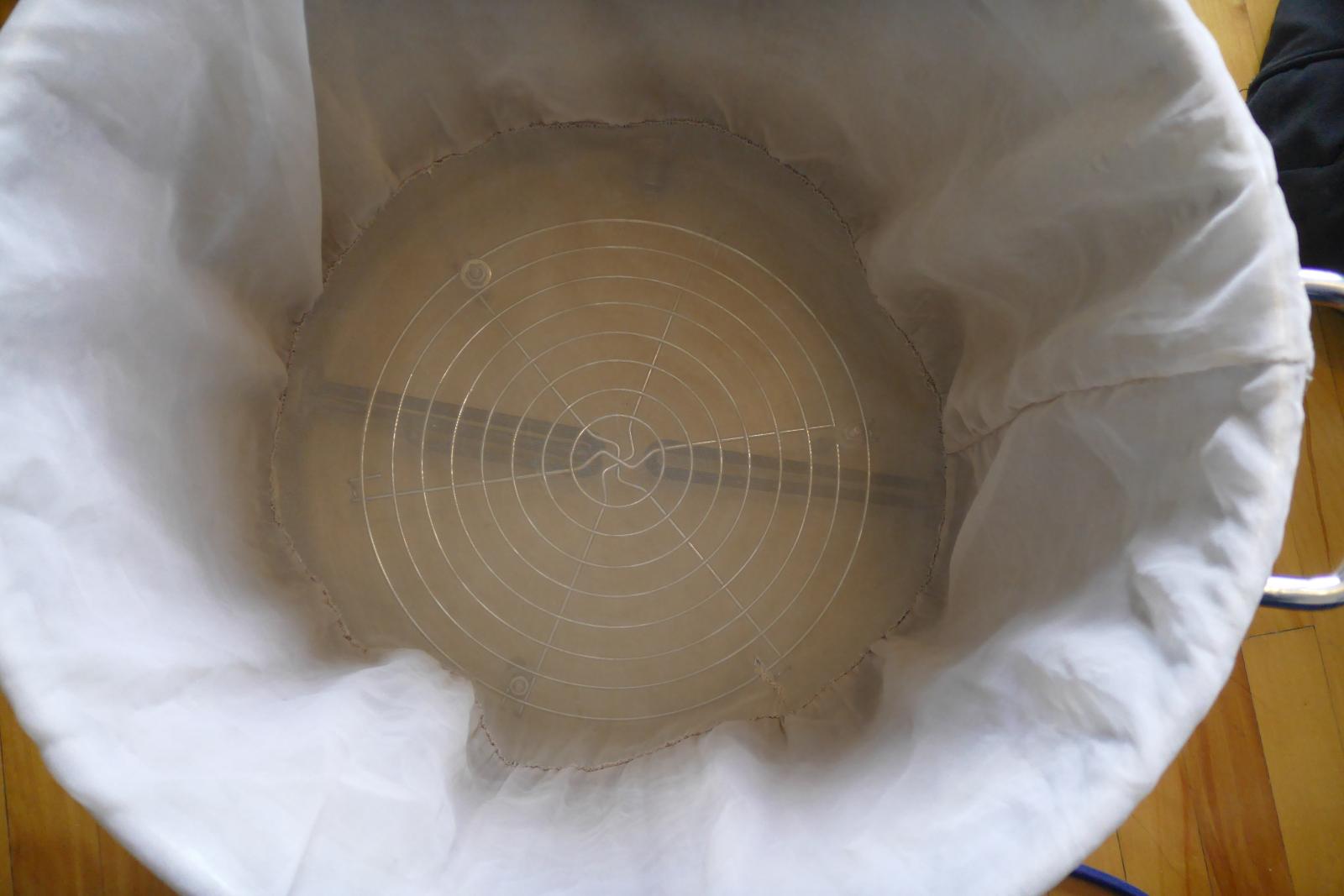I have the following setup:
13gal kettle
2x 1800w elements controlled by a PID
1x pump connected at the bottom for recirc, which flows back on top via a hose that is clamped on the side of the kettle.
1x brew bag
1x false bottom
I've done about 10-12 batches with this setup, and things have gone mostly well. However I've had some major issues for about 3 of these batches.
1. My temps are nowhere near stable. My PID, which takes the reading at the elbow where the pump is, is often 8-10F higher than the temp elsewhere in the mash when measured with a thermometer (both my PID and thermometer are calibrated).
2. I've now ruined 3 batches which turned pretty bad with a burnt/smokey taste. I realized yesterday it was because the element was briefly exposed to air, probably because the pump removed the water underneath where the bag sits on the false bottom, and the wort was too thick to filter through the bag back underneath.
It would seem that these issues happen more often on higher gravity beers, given that the wort will be thicker and there will be more fine dust to obstruct the flow (I get my grains milled by my LHBS).
Its really frustrating... I tasted yesterday's wort after a long brew day for a 6 gal batch and it tasted like an ashtray.
Any advice???
I'm tempted to get rid of the pump and just stir manually on a regular basis, but the pid is connected to the recirculation system, I'd have to modify the kettle or figure out another way. Plus I still have the feeling there will be a huge gap in temperature underneath the bag.


13gal kettle
2x 1800w elements controlled by a PID
1x pump connected at the bottom for recirc, which flows back on top via a hose that is clamped on the side of the kettle.
1x brew bag
1x false bottom
I've done about 10-12 batches with this setup, and things have gone mostly well. However I've had some major issues for about 3 of these batches.
1. My temps are nowhere near stable. My PID, which takes the reading at the elbow where the pump is, is often 8-10F higher than the temp elsewhere in the mash when measured with a thermometer (both my PID and thermometer are calibrated).
2. I've now ruined 3 batches which turned pretty bad with a burnt/smokey taste. I realized yesterday it was because the element was briefly exposed to air, probably because the pump removed the water underneath where the bag sits on the false bottom, and the wort was too thick to filter through the bag back underneath.
It would seem that these issues happen more often on higher gravity beers, given that the wort will be thicker and there will be more fine dust to obstruct the flow (I get my grains milled by my LHBS).
Its really frustrating... I tasted yesterday's wort after a long brew day for a 6 gal batch and it tasted like an ashtray.
Any advice???
I'm tempted to get rid of the pump and just stir manually on a regular basis, but the pid is connected to the recirculation system, I'd have to modify the kettle or figure out another way. Plus I still have the feeling there will be a huge gap in temperature underneath the bag.






